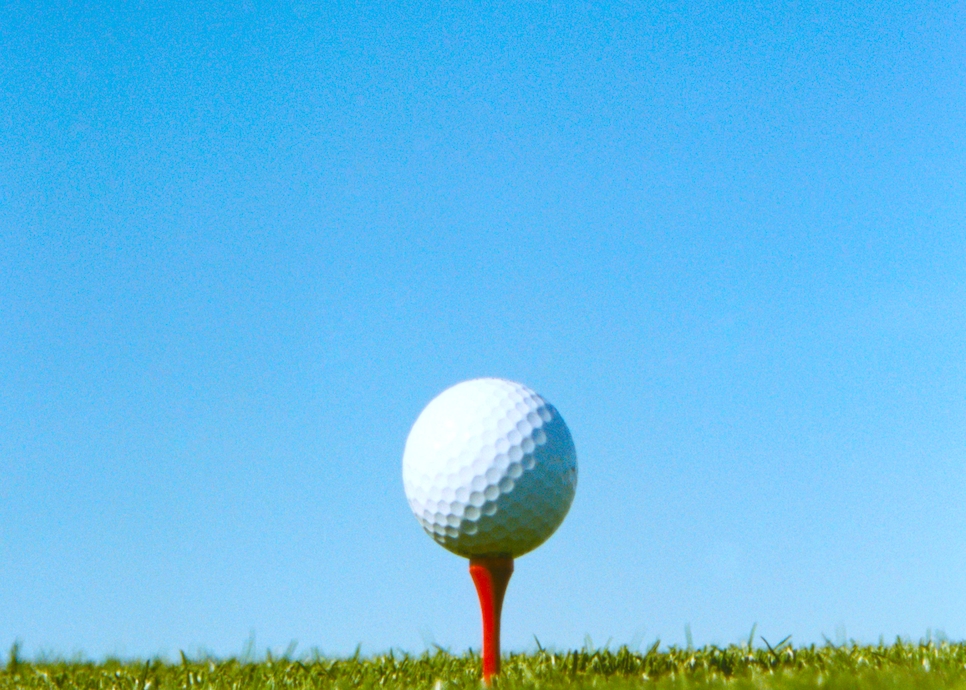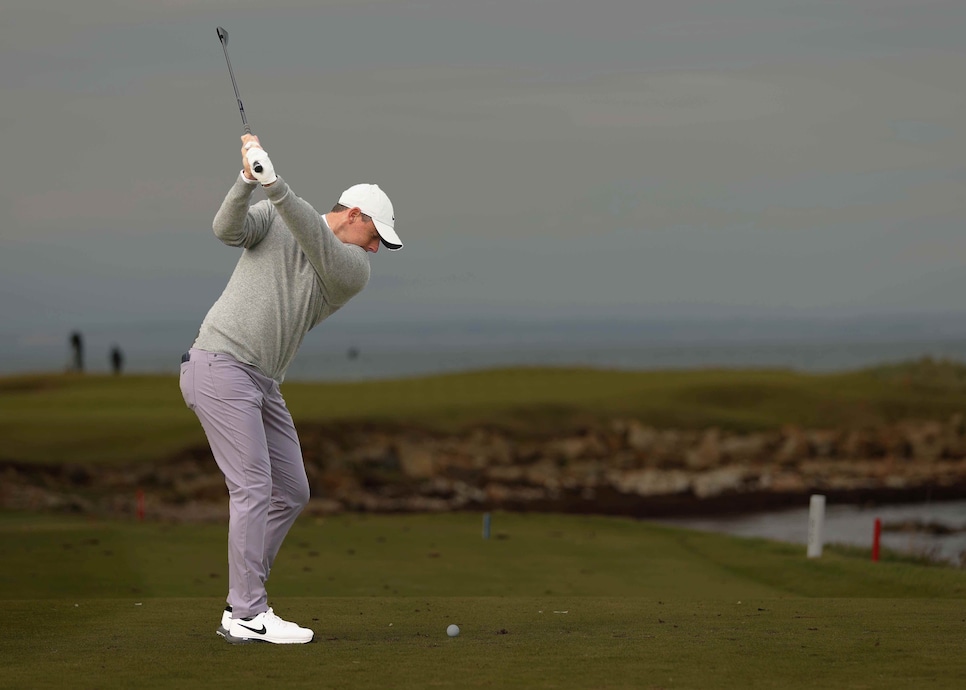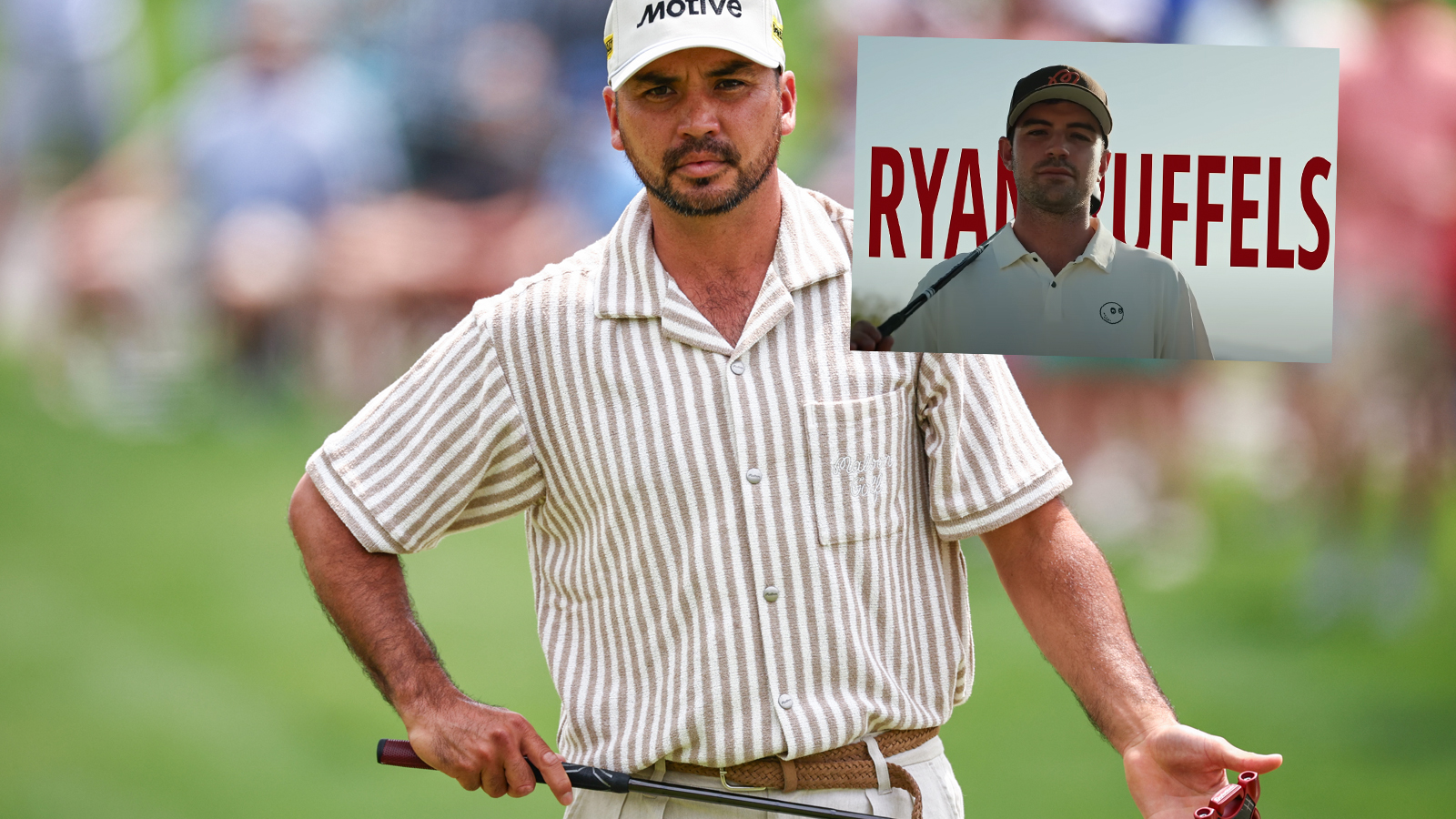Why pros like Rory McIlroy use this practice method to improve their golf swing – Australian Golf Digest

- by Admin
- October 25, 2024

It was dark outside, and after a long day, Rory McIlroy grabbed a wedge from his bag.
“I haven’t seen the ball flight in two weeks,” Rory told me, “so this should be fun.”
The ball flight itself wasn’t a surprise—toweringly high and pin straight—but the comment itself was.
Why hadn’t one of the best players seen the ball move through the air in two weeks?
That’s because it’s swing-change season for top players like Rory McIlroy and the rest of us. And when it comes to making a swing change stick, there’s one thing that can be wildly unhelpful in your search for better golf:
The golf ball itself.
Sean Justice
Your brain is getting in the way
The goal of a golf swing is, above all else, to hit the golf ball. Yes, there may be other things you really want to do in your swing, like making a longer backswing or shifting your weight toward the target.
But ultimately, those are secondary. When there’s a golf ball sitting in front of you, your brain for better or worse is hardwired to hit the ball by any means necessary.
That admirably short-term approach doesn’t always lend itself to long-term success, though. Your brain is trying to quite literally, and quite simply, hit the golf ball. Not necessarily hit it well. That may mean chopping down at it axe-like rather than sweeping it off the turf, or scooping your wrists rather than releasing your arms.
That’s why your practice swings may look pretty while your full swings don’t. It’s because your brain is overriding what you want to do, to do the stuff it knows it can do. Even if it’s not pretty.
But there are a few things you can do to rewire it. And the golf ball isn’t always involved…
Method #1: Ignorance is bliss How to do it: Hit a ball, into an empty screen or net.
This is the method Rory McIlroy is currently using. As I wrote about here, some old habits crept into his golf swing toward the end of last season, and he’s making some subtle upgrades before 2025.
“I’ve been hitting balls into a blank screen,” he says. “I have no idea where they’re going, and I don’t care.”

Luke Walker
Robert Rock actually used a similar method before the U.S. Open himself (which you can read about here).
Basically, the golf ball can give you poorly-timed negative feedback. If you’re working through a swing change, it’ll probably feel awkward at first. Your body needs time to reorient itself and get comfortable.
If you’re used to coming over the top with an open clubface, for instance, and you start swinging more from the inside, your first few shots may fly wildly to the right (because the clubface is still open).
But the thing is, your swing is on the right track! You just need some basic reps to instinctively learn how to match everything up.
Panicking about results, right now, just isn’t that helpful.
Method #2: The imitator How to do it: Substitute foam golf balls with real golf balls, and hit those as you over-exaggerate your ideal swing.
I was doing this the other day, during my pitstop to see the Athletic Motion Golf guys down in Orlando.
I needed to clean up a few things in my backswing, and as we were doing it, Shaun Webb swapped out real golf balls with foam golf balls, and had me hit those.
“It’s just a great way to get golfers to focus on making the movement,” Golf Digest Best in State teacher Shaun Webb says. “Sometimes golfers can revert when they see a real golf ball down there…you’re learning how to put the clubface on the ball with the new movement.”
Method #3: Hit against resistance How to do it: Make a full swing into some form of resistance, like an impact bag, pillows, or long grass.
Bobby Clampett told a great story in this Fried Egg Podcast about one of the best swing changes he ever made: He spent a week swinging in tall fescue grass, which taught him how to create lag and compress the golf ball.

Phil Sheldon/Popperfoto
Tread carefully when swinging against some form of resistance—you don’t want to hurt yourself—but do it right and it can have some real benefits, as it’s essentially an even easier version of the above. You don’t need to be too precise, yet you get the feeling of impact, without the negative feedback, while bedding-in a new move.
Method #4: Free swings How to do it: Make golf swings without hitting anything.
Pretty self explanatory.
If you’re looking for a more technique-focused version, make slow motion golf swings checking your form in a mirror.
“Almost every day I’ll stand in front of a mirror, before I get to the course, and check my posture,” Max Homa told me.
If you’re looking for a more speed-focused version, simply make full swings without hitting anything. It’s much more effective if you do it as part of a training system, like The Stack or SuperSpeed provides, but removing the golf ball can free up some major speed benefits.
“When you’re trying to swing with maximum effort, you’re trying to learn how to move faster,” Dr. Sasho Mackenzie explains. “The golf ball itself can be an inhibitor to speed, which just isn’t helpful feedback.”
There’ll come a time when you need to start caring about the golf ball again. For Rory, it’s in a couple weeks.
“On the Wednesday at Abu Dhabi,” he joked, referencing his next planned start on the DP World Tour.
For Rory and the rest of us, when that time comes to step back in front of that golf ball, we’ll at least be more comfortable with our new move. Less likely to revert to our old ways, and more likely to enjoy our new results.
This article was originally published on golfdigest.com
The Latest News
-
December 25, 2024‘Stops riots outside the Members Stand’: Aussie skipper backs cult hero for big MCG return
-
December 25, 2024Sam Konstas is the right player at the right time for Australia. Here’s why
-
December 25, 2024Christmas at the ‘G! Aussie stars and family lap up big day
-
December 25, 2024‘They’re the idiots who picked me’: Aussie skipper’s hilarious message to relieve pressure on new opening sensation
-
December 25, 2024Boxing Day NFL on Netflix: What time is Beyonce performing in Australia? | Sporting News Australia





